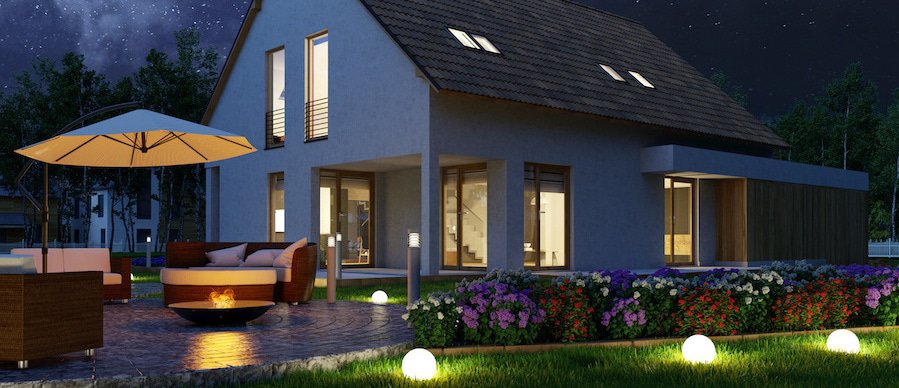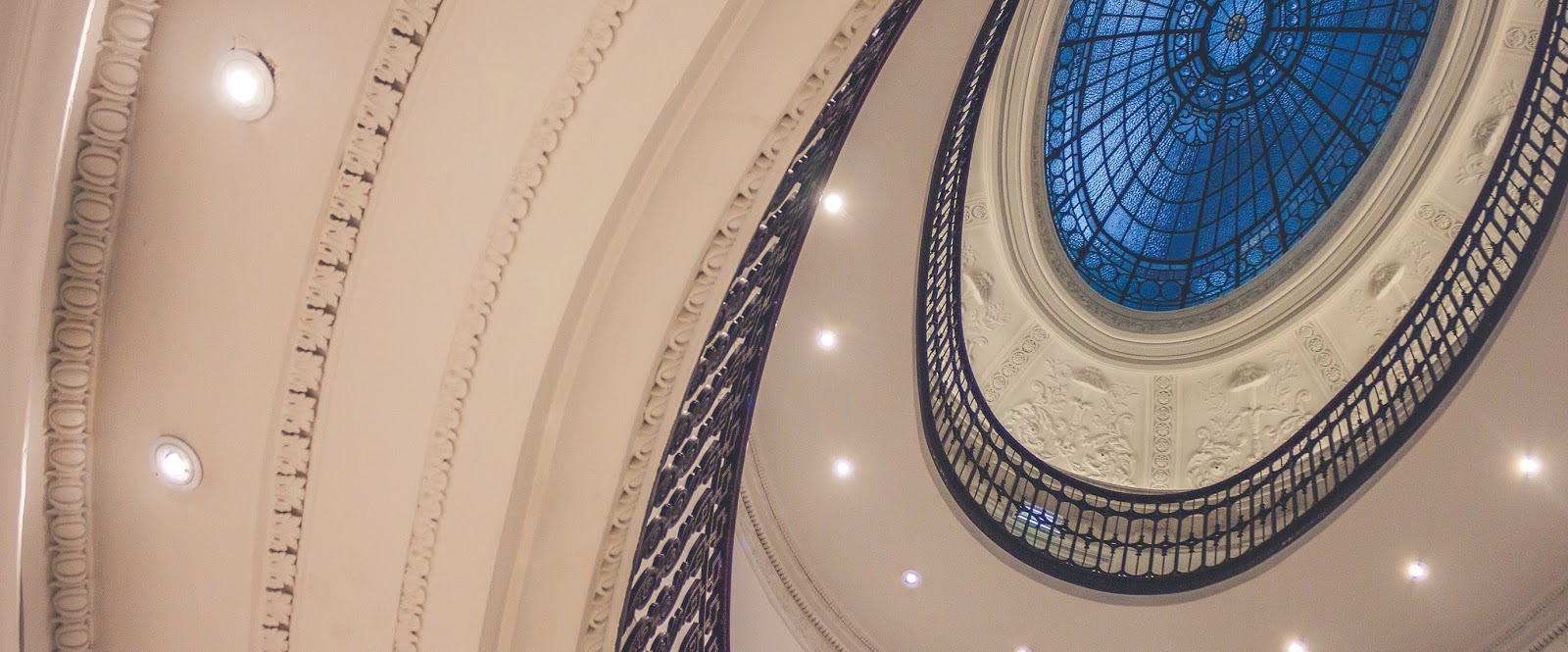common errors when switching to LED
common errors when switching to LED
1."Wattage indicates the amount of light, right?"
This is the most common mistake when switching from conventional lighting to LED lighting. We all know that LED lighting has a lower energy consumption than conventional lighting. Yet it is easy to confuse the wattage and the amount of light. The amount of light that a lamp emits is called the Lumen. Watt is the unit that indicates how much energy a lamp or other electronic device consumes. With halogen, fluorescent or incandescent lamps, this unit also gave the indicator for the amount of light emitted by a lamp. But this does not work with LED lighting. LED lighting uses a lot less energy. Where an incandescent lamp consumes 60W, the LED version consumes only 5W to 7W. That's why we have to look at the Lumen. Lumen is the unit of quality and luminous flux of light emitted by a certain light source. It can still be difficult to choose a lamp that emits as much light as your current lamp. You can check the wattage of your current lamp and find the replacement for it. For this, you can use our filter on the left. When the replacement wattage of an LED lamp matches the wattage of your current lamp, the amount of light emitted is comparable. You can also view the Lumen to Watt page to find the correct amount of lumen.2. "LED lighting is only available in cold white color temperatures"
There are two important color components when you purchase LED lighting: the color temperature and color rendering. When LED lighting first came on the market, it had a cold, almost blue light. Although many people think that this is still the case, it is not entirely true. Since the first introduction of LED lighting, there are many more different, warmer and colder colors available.3. Do not take the light distribution of LED into account
After replacing your conventional lamp, it may be that the new lamp shines a different light than the previous one. You may have the idea that the light is more concentrated as if it illuminates less area than your previous lamp. This is because LED elements shine the light in one direction, not aside. So they shine down where you need lighting. And not on the side or towards the ceiling. This makes LED a lot more energy efficient because no light is lost to the ceiling or inside the fixture. To make sure that you keep the same light distribution, you can look at the degree beam of a lamp. For example, if you have an A-shaped light bulb, make sure that your LED replacement has the same shape that diffuses light in all directions.



Comments
Post a Comment